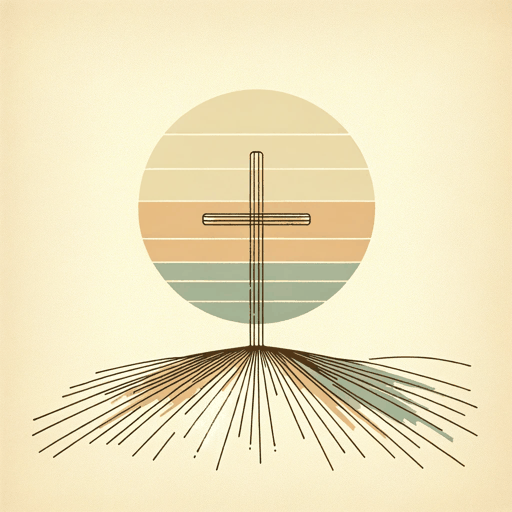21 pages • 42 minutes read
Alfred, Lord TennysonCrossing the Bar
Fiction | Poem | Adult | Published in 1889A modern alternative to SparkNotes and CliffsNotes, SuperSummary offers high-quality Study Guides with detailed chapter summaries and analysis of major themes, characters, and more.
Background
Literary Context
Victorian England’s morbid fascination with death was nothing new. Since Antiquity, poets have meditated on death in reflections that have become a genre: the elegy. The earliest elegies date to 700 BCE. In its own way, “Crossing the Bar” is a skewed elegy. Typically, an elegy is a meditation on the death of someone close. The event occasions sobering reflections on the reality of death and the dynamics of grief. Tennyson skews that template. In this case, it is his death that occasions the poem, or at least his symbolic death. In this, Tennyson is not only the one dying, he is the commentator demonstrating how he wants his own death to be mourned.
Tennyson repurposes the elegy. For him, death was strikingly, deeply personal—but it was no cause for sorrow. The elegy becomes less a melancholy public poem and more an uplifting, even inspirational private celebration of the wonder of the transition into the afterlife. It is no wonder that “Crossing the Bar” is among the English-language poems most often read at funerals and memorial services. By providing the elegy to read at his own funeral (although, curiously enough, it wasn’t), Tennyson offers his life as a model for how to die.
Related Titles
By Alfred, Lord Tennyson







